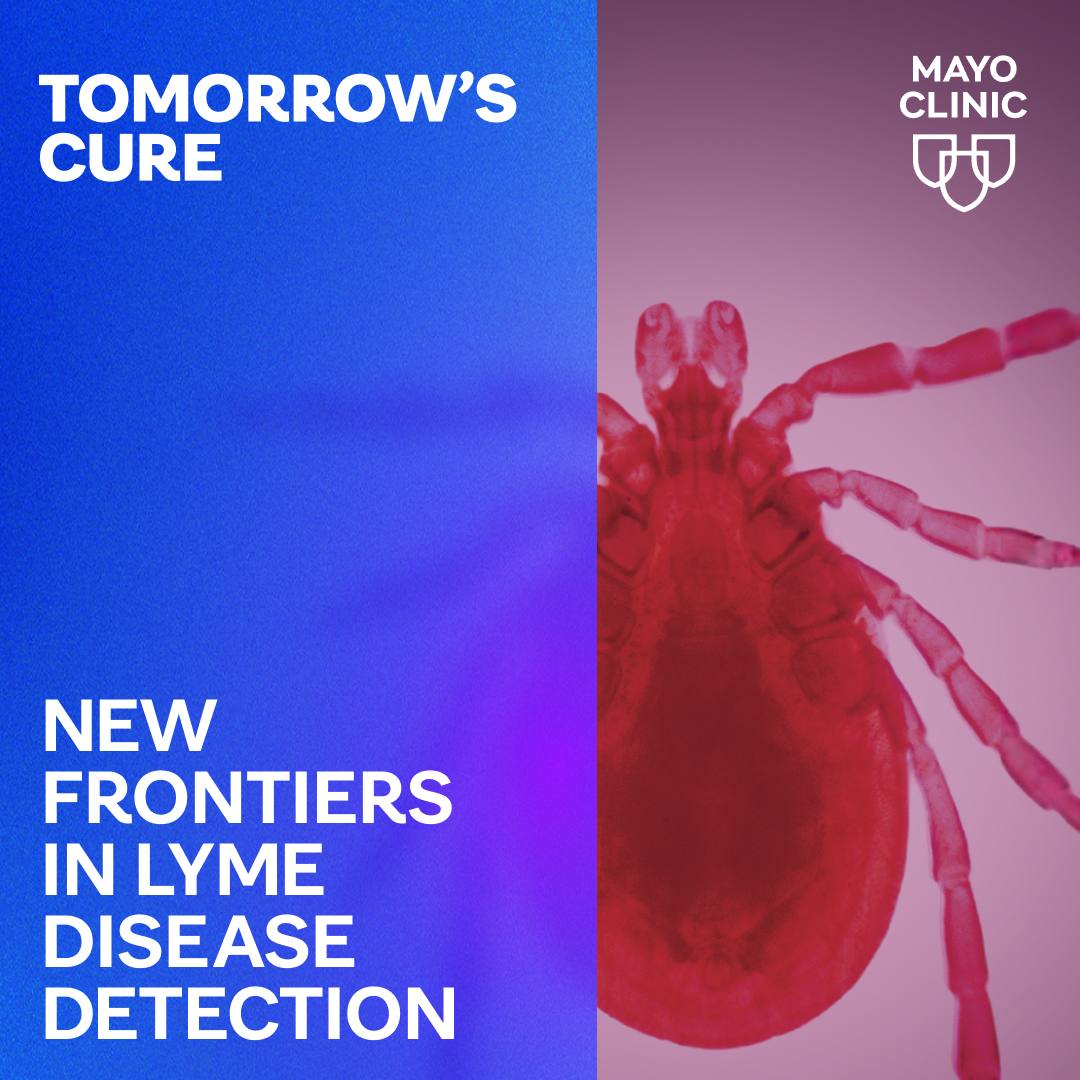-
Science Saturday: Short telomere syndromes are like frayed shoe laces

Unlike gray hair, one of the most significant signs of aging is invisible to the naked eye. Deep inside cells, at the tips of thread-like chromosomes, structures known as telomeres protect chromosomes from deterioration—a bit like the way caps at the ends of shoelaces prevent fraying. Telomeres naturally shorten as people age.
But sometimes, an inherited gene mutation causes telomeres to shorten at a faster rate. Abnormal telomere shortening results in accelerated-aging syndromes that affect many parts of the body and can occur in children or adults. The severity of short telomere syndromes varies, but they increase cancer risk and can lead to organ failure and death.
With help from the Center for Individualized Medicine, Mayo Clinic uses a precision-medicine approach to manage short telomere syndromes. Mayo's Premyeloid & Bone Failure Disorder Clinic provides diagnostic testing, multidisciplinary treatment and genetic counseling for short telomere syndromes.
"Short telomere syndromes have been recognized for several decades. But diagnosis has been very difficult because it requires highly specialized testing. With the advent of precision genomics, we have the opportunity to identify and manage these disorders, for the benefit of patients," says Mrinal Patnaik, M.B.B.S., a hematologist who directs the premyeloid disorder clinic.
Although short telomere syndromes are considered rare, Mayo Clinic sees five to seven people with the disorders a month. "We think short telomeres are much more common than has been reported, and anticipate that these new precision-medicine tools will bring a fair number of cases to light," Dr. Patnaik says. Read the rest of the article on the Individualized Medicine blog.
____________________________________
Other Mayo Clinic medical research websites:
- Research at Mayo Clinic
- Discovery’s Edge
- Advancing the Science
- Forefront
- Mayo Clinic Center for Individualized Medicine
- Center for Regenerative Medicine
- Center for the Science of Health Care Delivery







